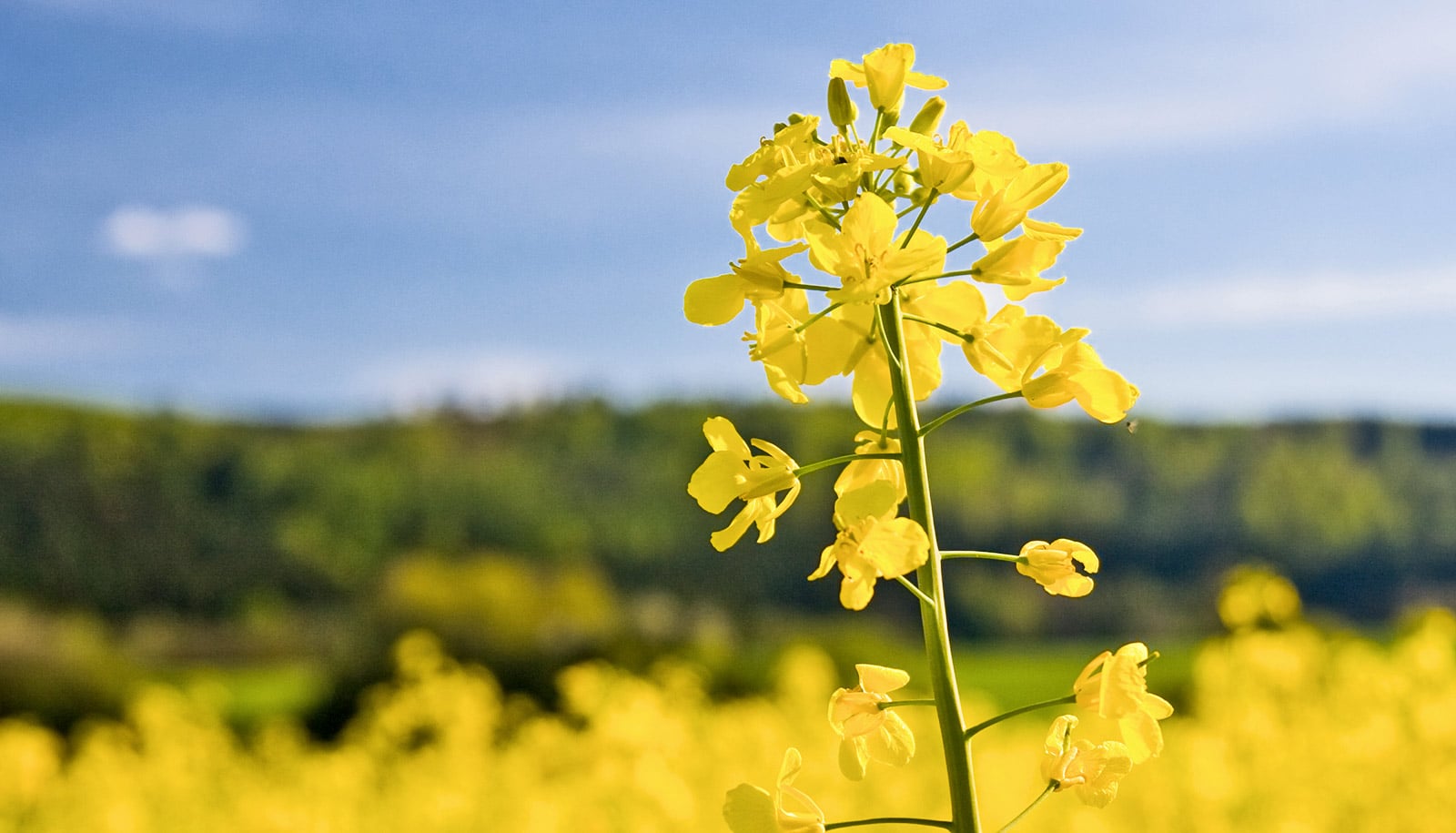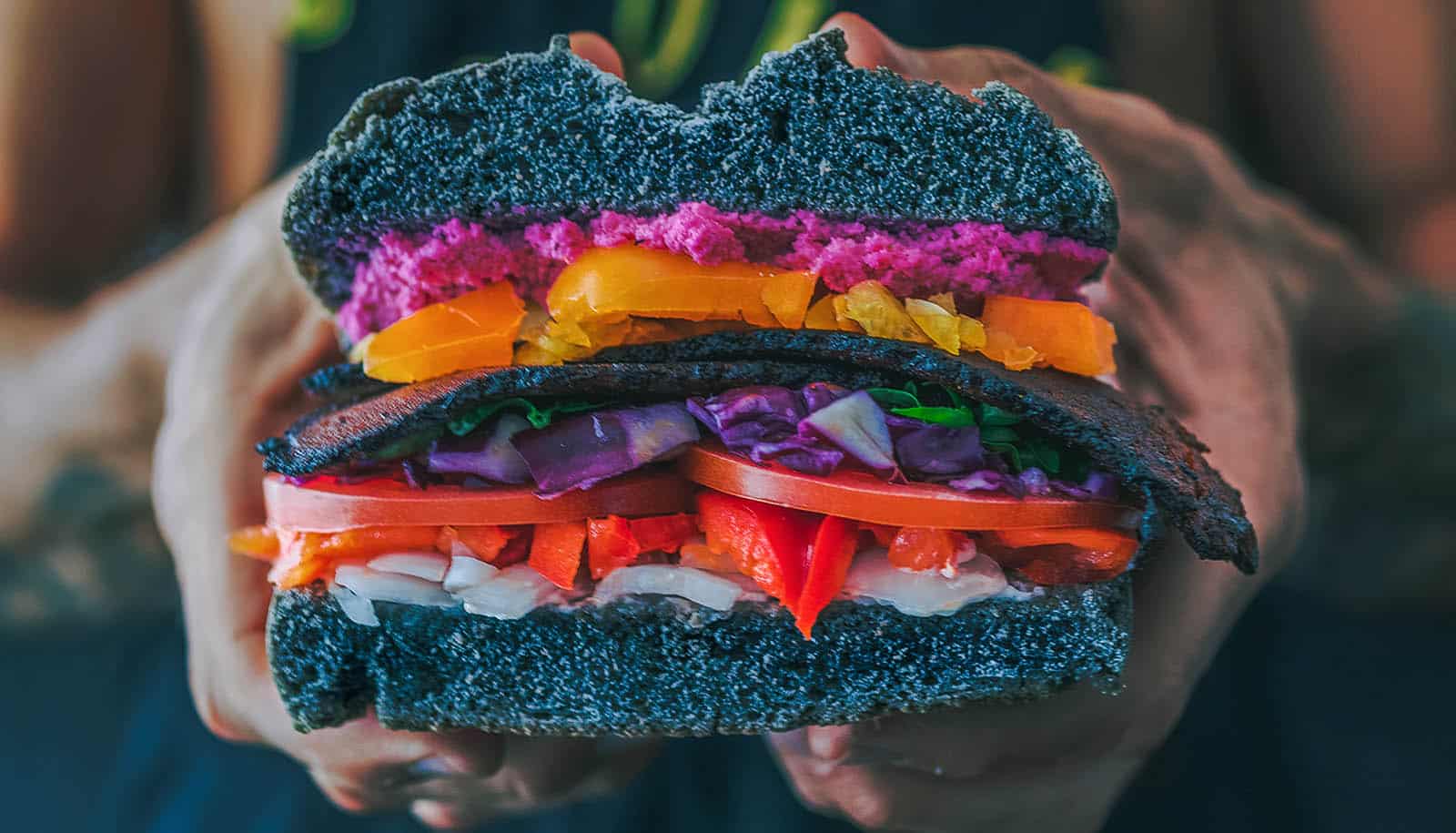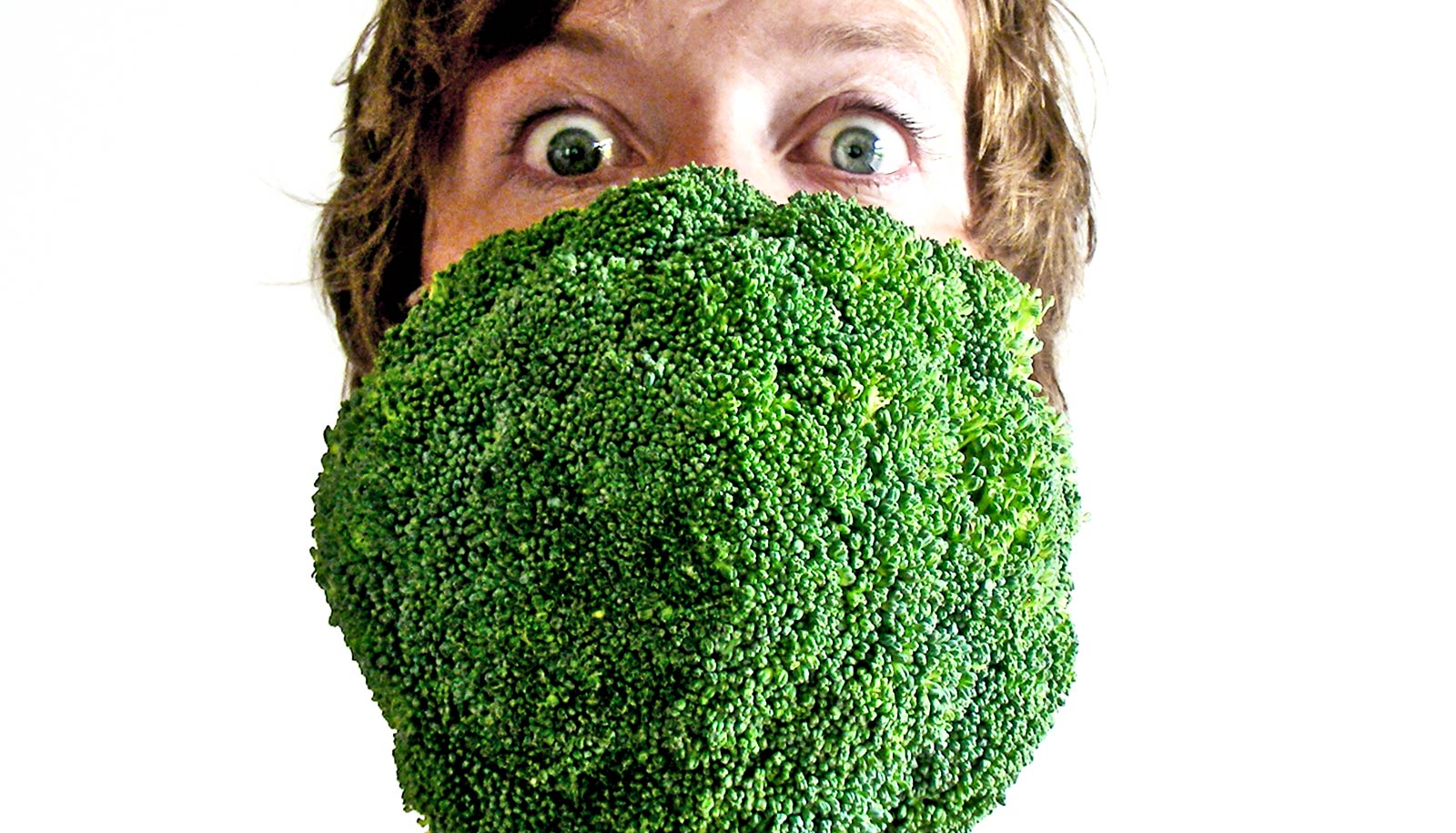Researchers have gotten closer to removing rapeseed’s bitter substances, which could pave the way for a new protein source to support the green transition away from meat.
Half of plant proteins in the EU come from rapeseed plants. Until now, the plant has only been used for oil and animal feed, as it is both bitter and unsafe for human consumption.
In Denmark, more than 200,000 hectares (about 494,211 acres) of rapeseed are now cultivated for use as edible and industrial oils, and as a protein supplement for animal feed—but not as a direct food source for humans. While the rapeseed plant’s high content of bitter defensive substances keep disease and herbivores at bay, they also make the plant inedible for humans.
Now, researchers have identified the proteins that help store the bitter substances in seeds of thale cress, a model plant and close relative of rapeseed.
The knowledge can be used to remove these proteins and in doing so, rapeseed’s bitter taste, which offers a wealth of opportunity.
“The climate crisis demands that we reduce meat consumption and eat more plants, which is where rapeseed has great potential as a new source of plant protein in the green transition,” says Barbara Ann Halkier, a professor at the University of Copenhagen, who led the research in the journal Nature. “Our latest research results bring us a critical step closer to making full use of rapeseed.”
Rapeseed’s bitter defensive substances are called glucosinolates and are best known as the spicy flavors in wasabi and mustard. As a result, the so-called rapeseed cake, which is the remains of the seeds after the oil has been squeezed out, has only been used in limited quantities as feed for pigs and chickens, despite its staggering 30-40% protein content.
The researchers succeeded in removing the bitter defensive substances by identifying the three proteins in the plant responsible for transporting the substances into its seeds. The new knowledge makes it possible to prevent the accumulation of these substances in the seed by removing the proteins by way of a technology called “transport engineering.” As such, the defensive substances remain in all other parts of the plant, allowing it to continue to defend itself.
“Our research demonstrates that the connection—a kind of umbilical cord—that exists between the seeds and surrounding fruit shell, is a cell factory for the production of glucosinolates which end up in the seeds. After all, plants are well rooted in soil and cannot just walk away when there is danger. They need to produce a multitude of defensive substances to protect themselves from attacks by disease and herbivores. Our discovery has allowed us to find a way to eliminate these bitter substances from the seeds,” says lead author Deyang Xu.
So far, the researchers have shown that their method works in thale cress (Arabidobsis thaliana), a model plant closely related to the rapeseed plant.
“The next task is to show that we can transfer our result from Arabidopsis to the closely related rapeseed plant, which we are now working on,” Xu says.
The research that led to this discovery is the result of a long haul made possible by a 10-year grant from the Danish National Research Foundation to the DynaMo Centre at the Faculty of Science’s Department of Plant and Environmental Sciences.
Source: University of Copenhagen


